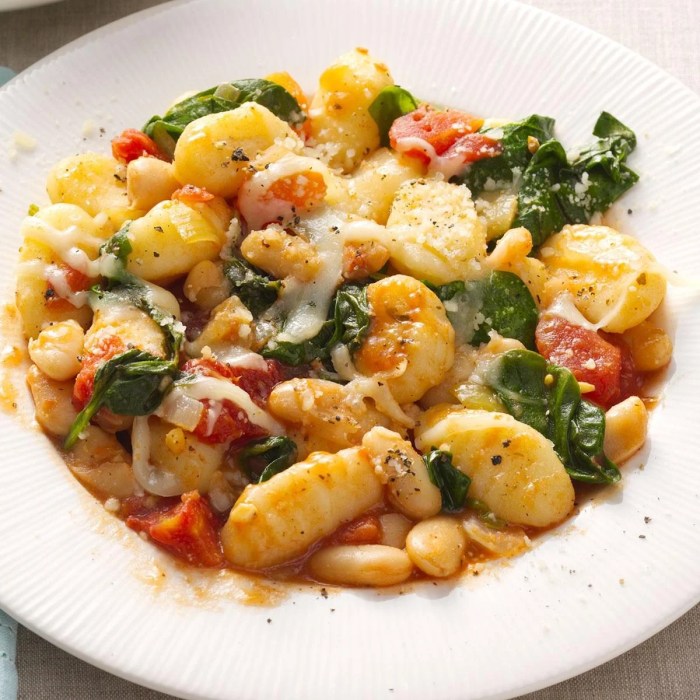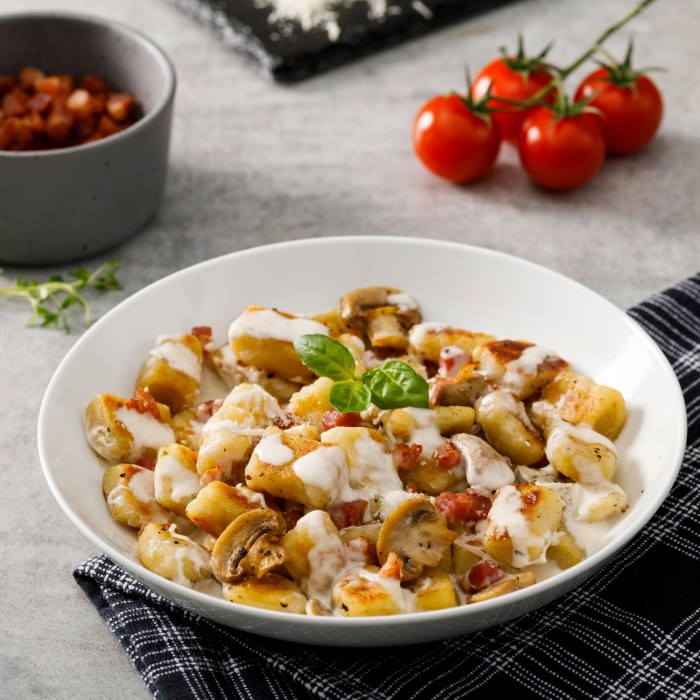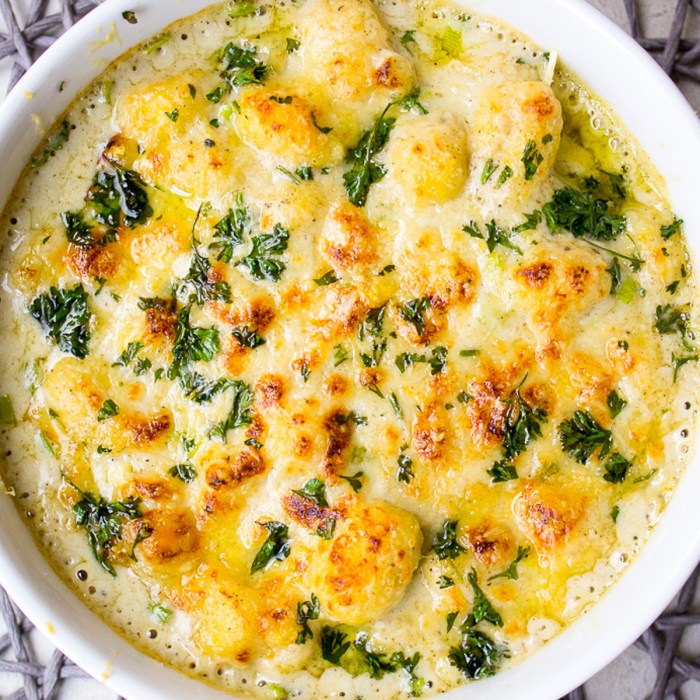Starchy Italian dumpling dish crossword sets the stage for this enthralling narrative, offering readers a glimpse into a story that is rich in detail and brimming with originality from the outset. From the significance of starchy ingredients to the cultural significance of these beloved dishes, this exploration delves deep into the heart of Italian cuisine, uncovering the secrets and nuances that make these dumplings so special.
Starchy Italian dumplings, known for their unique texture and flavor, hold a cherished place in Italian culinary traditions. Crafted from a blend of flour, semolina, and potatoes, these dumplings showcase the diversity of regional variations across Italy, each with its own distinctive characteristics.
Whether enjoyed as a hearty main course or a comforting side dish, these dumplings offer a taste of Italy’s rich culinary heritage.
Starchy Italian Dumpling Dish: Starchy Italian Dumpling Dish Crossword

Starchy Italian dumpling dishes are a staple of Italian cuisine, offering a hearty and comforting meal. The use of starchy ingredients, such as flour, semolina, and potatoes, creates a distinctive texture and flavor that sets these dumplings apart from their counterparts made with other ingredients.
Common Ingredients, Starchy italian dumpling dish crossword
- Flour:The most common starchy ingredient used in Italian dumpling dishes is flour. It provides the dumplings with structure and a chewy texture.
- Semolina:Semolina is a coarse flour made from durum wheat. It is often used in conjunction with flour to create a more al dente texture in dumplings.
- Potatoes:Potatoes are another common ingredient in Italian dumpling dishes. They add moisture and a fluffy texture to the dumplings.
Regional Variations
Starchy Italian dumpling dishes vary from region to region, each with its unique characteristics:
- Gnocchi:Gnocchi are small, potato-based dumplings that are typically served with a simple tomato sauce.
- Cappelletti:Cappelletti are small, hat-shaped dumplings filled with meat or cheese. They are typically served in a broth or soup.
- Tortellini:Tortellini are small, ring-shaped dumplings filled with meat, cheese, or vegetables. They are typically served in a broth or soup.
Preparation Methods
Starchy Italian dumplings are typically made by mixing the ingredients together and then shaping them into small balls or shapes. They can be boiled, fried, or baked.
Serving Suggestions
Starchy Italian dumplings can be served with a variety of sauces, accompaniments, and garnishes:
- Sauces:Dumplings can be served with a variety of sauces, such as tomato sauce, pesto, or Alfredo sauce.
- Accompaniments:Dumplings can be served with a variety of accompaniments, such as vegetables, meat, or cheese.
- Garnishes:Dumplings can be garnished with a variety of herbs, such as basil, oregano, or parsley.
Cultural Significance
Starchy Italian dumpling dishes hold a special place in Italian culture:
- Family Tradition:Dumplings are often made and eaten together as a family, symbolizing unity and togetherness.
- Holiday Dishes:Dumplings are often served on special occasions, such as Christmas and Easter.
- Comfort Food:Dumplings are a comforting and satisfying meal that is enjoyed by people of all ages.
Expert Answers
What are the key starchy ingredients used in Italian dumpling dishes?
The key starchy ingredients used in Italian dumpling dishes are flour, semolina, and potatoes.
How do regional variations influence the characteristics of Italian dumplings?
Regional variations influence the characteristics of Italian dumplings in terms of shape, texture, flavor, and the use of specific ingredients, reflecting the diverse culinary traditions of different regions of Italy.
What is the cultural significance of starchy Italian dumpling dishes?
Starchy Italian dumpling dishes hold cultural significance as they are deeply rooted in Italian culinary traditions, often associated with family gatherings, celebrations, and regional pride.

